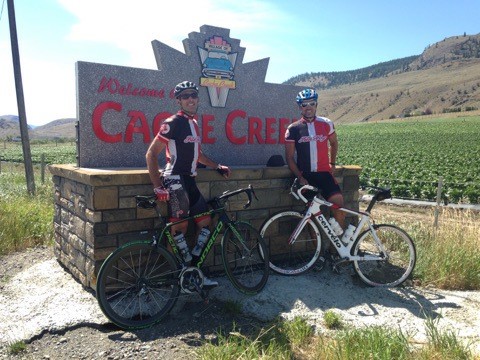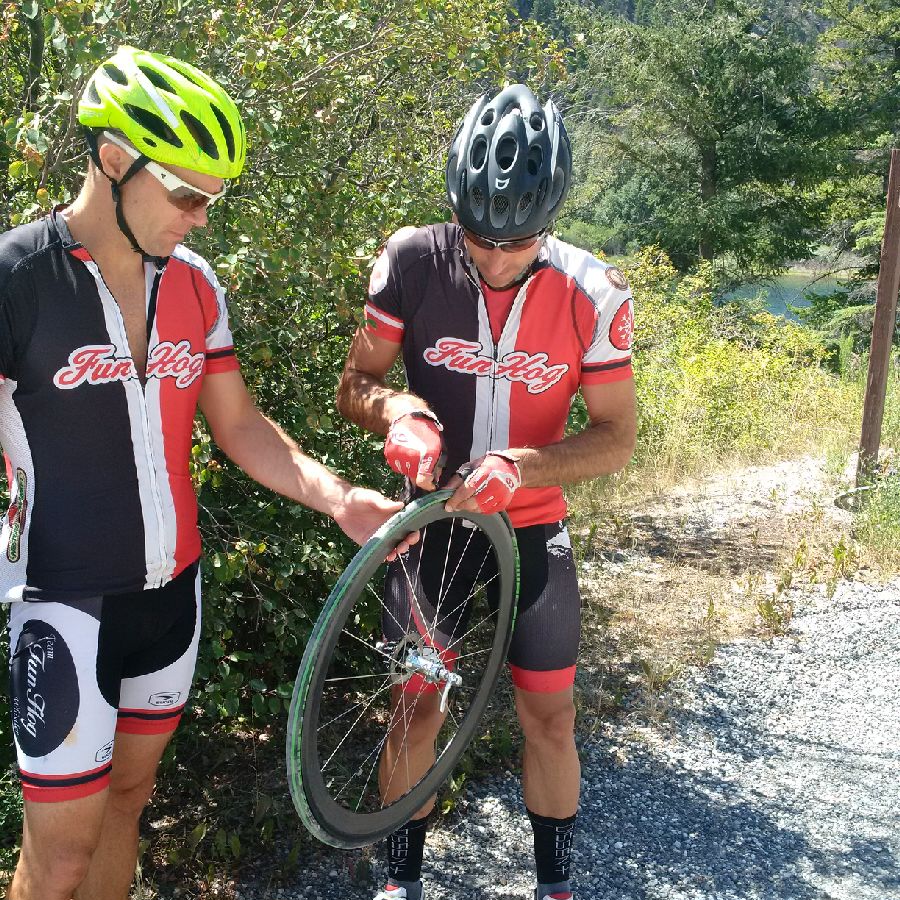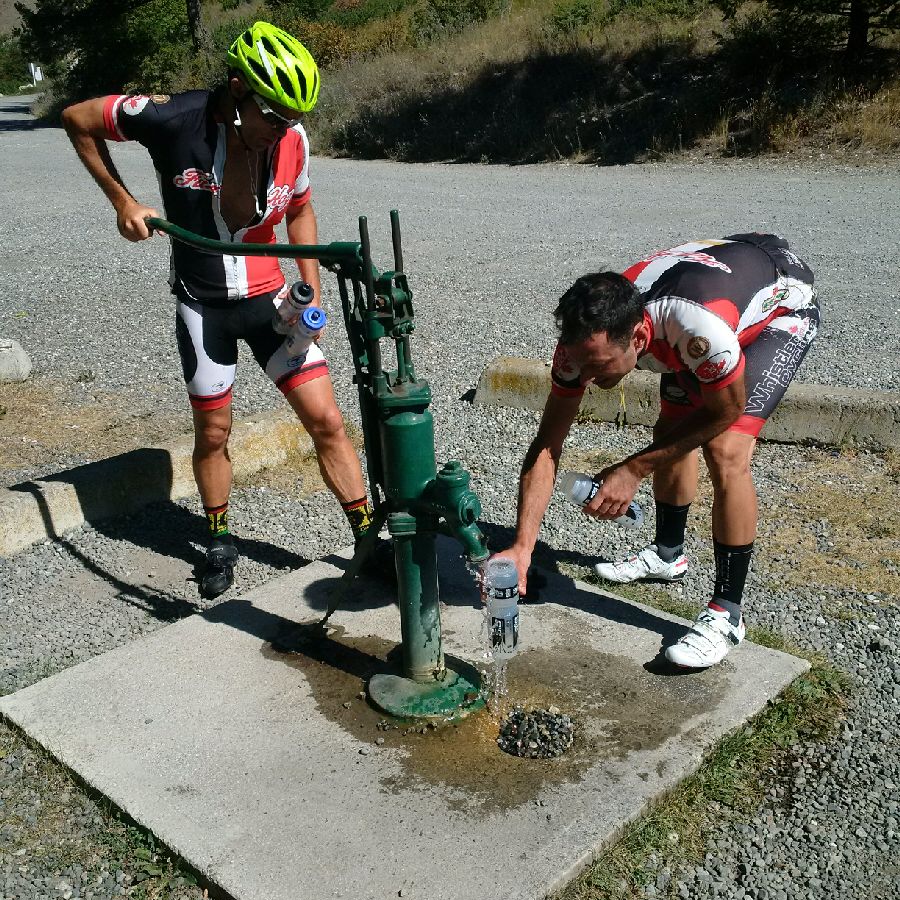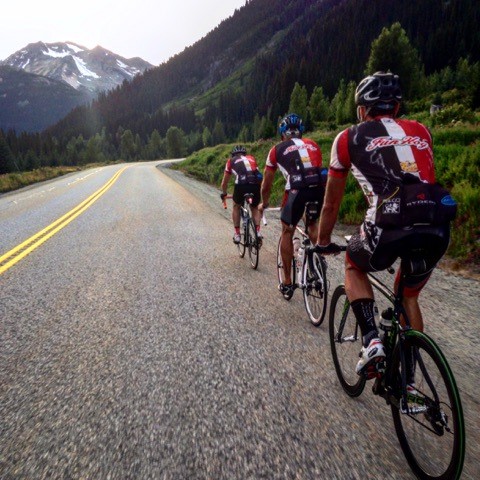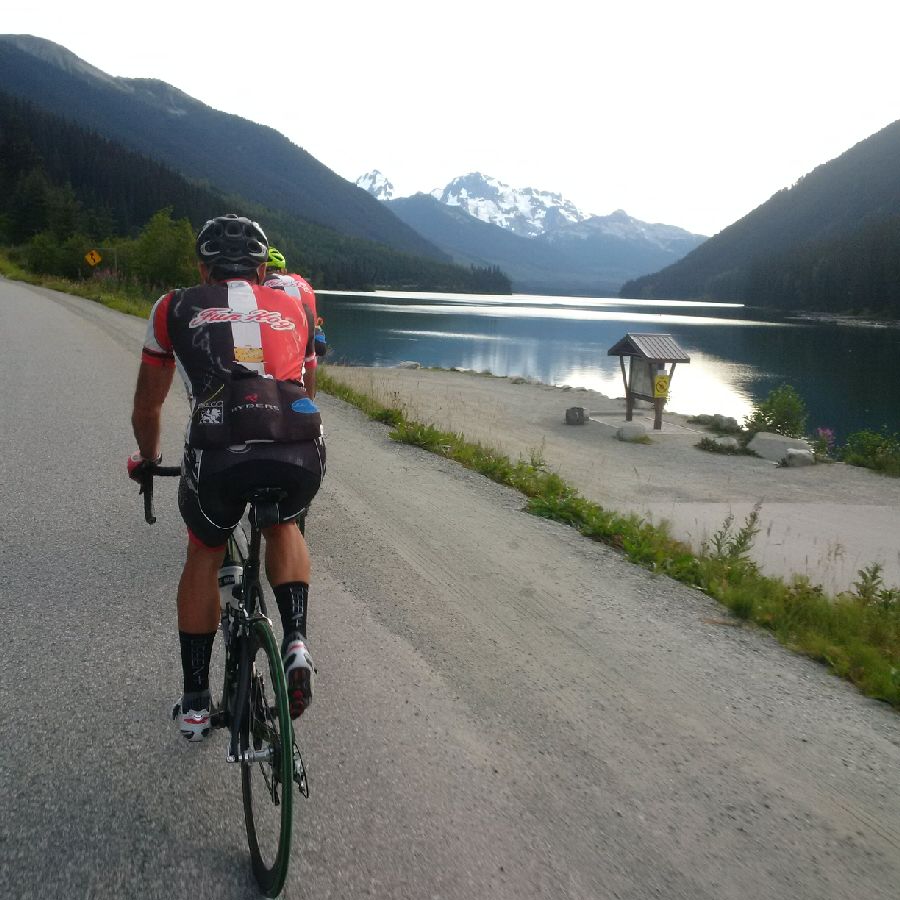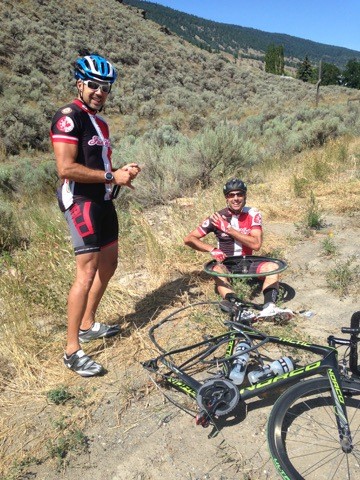What's the Limit?
Text to Greg, Tuesday 10:45AM “early AM ride on Thursday?”
Reply “Nope. Going 400KM Friday with Ted. Have to rest! If you want, Tom is riding from Whistler to Lillooet, meeting us and then riding back.”
Me “Man – that sounds epic. How are you getting back? When?”
Reply “leaving 2AM Friday morning to Cache Creek and back to Pemby. Can you join?”
And so it was. Gone was the support van and extra shammies that were discussed back in February when the 400KM ride was first brought to the table by Ted. I’d just committed to riding 400KM in one day and given that my longest ride previous to this in my life had been 125KM; a big commitment to say the least.
When your friends ask you to join them on a long ride they are really saying two things:
1) we want your company
2) we want you to help pull.
And so, the 3 of us set off at 2AM with lamps, a few pockets full of fuel and a mantra of “tempo, tempo, tempo” repeating over and over again in my mind.
I hardly slept the night before. I couldn’t help but run through all the scenarios:
What if I have a major mechanical, how do I get home?
What if I simply can’t ride that far, how do I get home?
What if I have some major chaffing, how do I get home?
What if I crash, how do I get home?
All ended with the same answer – I hitch hike.
The ride itself couldn’t have gone better. We had no mechanicals – which is great, as we had no way of really dealing with them. Our saddle bags only fit so many tools and they were stuffed with tubes and patch kits. Ted ended up dipping into this stash five times, Greg and I none. We didn’t have any major injuries, which again was good as we had no way of dealing with them. The one and only injury was a cut on Greg’s pinky and luckily I brought a few band aids 'just in case'. We weren’t prepared for the near freezing wind chill we faced when riding from Joffre to Lillooet. I certainly didn’t think about it being cold since, after all, we were riding into the high desert and going to be spending nearly 12 hours at 80 rpm cycling to Cache Creek and back.
We’re three very fit people, but even fit people can be pushed to their limits and have to come to some serious revelations about their own safety when completing such a ride. We didn’t want to push ourselves so far that one of us would become a liability to the other two. We're out there as a team and each of us has to make sure we’re riding at a pace and in such a way that we’re safe, they’re safe, and we’re all going to make it back home under our own power. Riding 400KM isn’t an impossible task and I think we all knew this when we left our homes at 1:45AM Friday morning.
We didn’t have any time goals set; took rests when needed – not when scheduled.
Started riding again when ready, not when scheduled.
Considered a Plan B on one occasion and made the gutsy call of continuing on.
Most of the time I spent on the bike that day was the same repetitive motion. I’d lead in the drops, fall back in the pace line and stand, and on the hoods when in the middle. Down hills I coasted, flats I kept a steady tempo and on hills I went granny. It wasn’t a day of speed, it was a day of endurance. In the end, our moving time ended up averaging 27 km/hr; pretty incredible considering we climbed over 5000 meters. We certainly completed more than a soft 400 straight, prairie-like countryside kilometers.
The ride was life changing for me. I view each ride now a little differently. Banging off 60KM before work feels like a warm up. The hills I ride along highway 99 seem flatter. The thought of doing a 500KM ride is constantly in my head. As well, what is the goal with 500KM – the distance, or the fact that I’d aim to do it within 24 hours? Additionally, if it is the goal of completing it within 24 hours, what is the limit? 550? 600?
This ride has certainly changed the way I think about myself as a cyclist. This is surprising to me, as I am currently in the midst of a full training regime to hit a particular time goal in the upcoming RBC Whistler GranFondo. This ride didn’t help me be better prepared for the Fondo, but it has helped me think differently about what cycling means to me and how I can have it be part of my life during my 40s, 50s, 60s and beyond.
It’s true; it’s not about the bike. It’s about what you do with that bike and how you find meaning in what you’re doing.
*as a disclosure – I don’t recommend anyone take this as a recommendation or blue print as to how to complete a 400KM ride. I feel we got really lucky. A lot can happen over 400KM and 19 hours – it’s important to leave prepared and to get back home safe to the family.
Fin,
NOTE: This article was written by Jonathan Decaigney who rode with Ted Battiston and Greg McDonnell. Their ride can be found on Strava. Greg's comments appear on WCC's facebook page.

